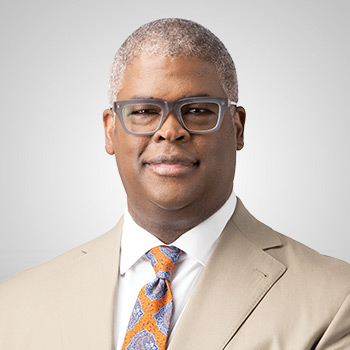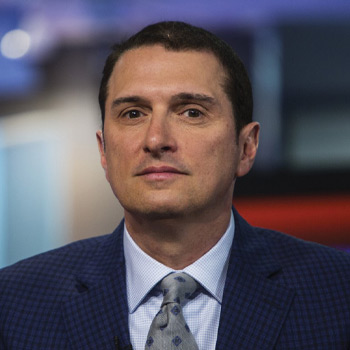I don't believe Fed Chairman Jay Powell when he woke up last Friday morning was expecting or wanting the reaction in the markets we saw to his speech that he gave that day. Meanwhile, gold saw a wild move recently, spiking to a record high and then backing off to little changed. But gold is not coming out of nowhere here, writes Peter Boockvar, editor of The Boock Report.
This is a Fed committee where many members just a month ago talked about the markets further tightening for them when we saw the 10-year yield go from about 3.75% in July, when they last hiked rates, to a short-term peak of 5%.
While that 10-year yield was still recently 50 bps higher, the 2-year yield was recently about 40 bps lower. We are seeing writ large again how the Greenspan incorporation of “financial conditions” into monetary policy can influence and cloud that policy.
Who pushes who around? The markets or the Fed? Sometimes it’s the latter but now it seems to be the former. And what a round trip in financial conditions as measured here by the Goldman Sachs index. The lower it goes, the easier conditions get, and vice versa.

As of a few days ago, when I looked at the fed funds futures, by May, the market had priced in a 100% chance of a 25-bps cut and a 38% chance of a second one by then. In March, the rate cut odds were at 68%.
Keep in mind here with the “odds” calculation, there are a few different techniques and not just one when figuring it out. So that would explain why sometimes you hear different answers. I specifically use the fed funds futures market and I use the “effective fed funds rate” which was recently 5.33% when doing the math.
As for gold, over the last two years it has traded resiliently in the face of a dramatic rise in real rates – about 400 bps in 5-year TIPS – and the rise in the US dollar. So once we got relief on both, gold was just a coiled spring. And much of that resiliency has been the buying on the part of central banks.
According to the World Gold Council, in Q3 central banks bought 337 tons. That is almost double the pace of Q2 and the third-highest quarter on record. The record was in Q4 2022 and almost exceeded in Q1 2023.
Just for reference: If you inflation adjust gold for the 1980 peak then of $850, today it would be around $3,200. If you price gold off the dramatic expansion in central bank balance sheets over the past 15 years relative to historical relationships, you get a price much higher.

















